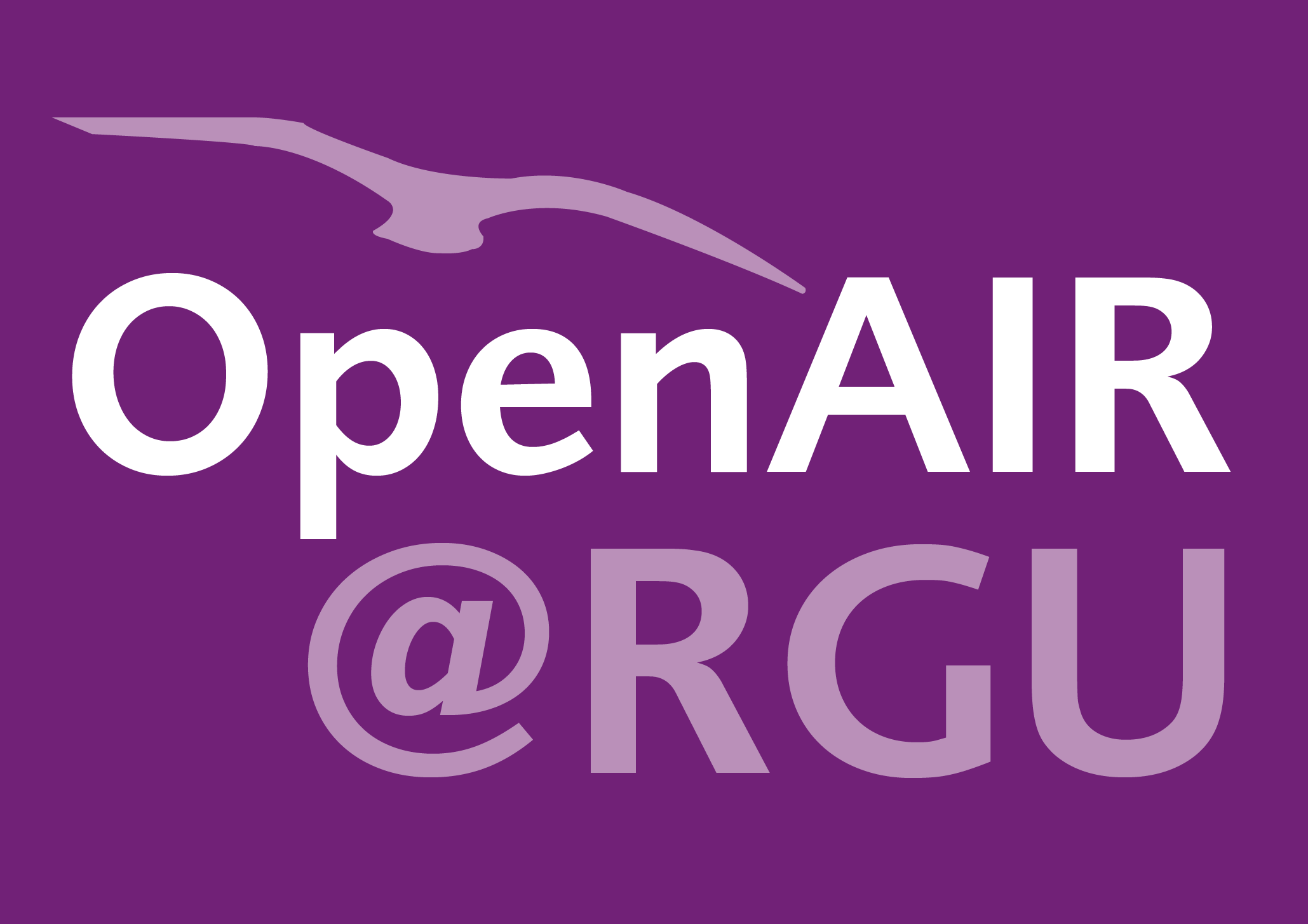Yixing Sun
Using the organizational and narrative thread structures in an e-book to support comprehension.
Sun, Yixing
Authors
Contributors
David J. Harper
Supervisor
Stuart N.K. Watt
Supervisor
Abstract
Stories, themes, concepts and references are organized structurally and purposefully in most books. A person reading a book needs to understand themes and concepts within the context. Schanks Dynamic Memory theory suggested that building on existing memory structures is essential to cognition and learning. Pirolli and Card emphasized the need to provide people with an independent and improved ability to access and understand information in their information seeking activities. Through a review of users reading behaviours and of existing e-Book user interfaces, we found that current e-Book browsers provide minimal support for comprehending the content of large and complex books. Readers of an e-Book need user interfaces that present and relate the organizational and narrative structures, and moreover, reveal the thematic structures. This thesis addresses the problem of providing readers with effective scaffolding of multiple structures of an e-Book in the user interface to support reading for comprehension. Recognising a story or topic as the basic unit in a book, we developed novel story segmentation techniques for discovering narrative segments, and adapted story linking techniques for linking narrative threads in semi-structured linear texts of an e-Book. We then designed an e-Book user interface to present the complex structures of the e-Book, as well as to assist the reader to discover these structures. We designed and developed evaluation methodologies to investigate reading and comprehension in e-Books, in order to assess the effectiveness of this user interface. We designed semi-directed reading tasks using a Story-Theme Map, and a set of corresponding measurements for the answers. We conducted user evaluations with book readers. Participants were asked to read stories, to browse and link related stories, and to identify major themes of stories in an e-Book. This thesis reports the experimental design and results in detail. The results confirmed that the e-Book interface helped readers perform reading tasks more effectively. The most important and interesting finding is that the interface proved to be more helpful to novice readers who had little background knowledge of the book. In addition, each component that supported the user interface was evaluated separately in a laboratory setting and, these results too are reported in the thesis.
Citation
SUN, Y. 2007. Using the organizational and narrative thread structures in an e-book to support comprehension. Robert Gordon University, PhD thesis.
| Thesis Type | Thesis |
|---|---|
| Deposit Date | Oct 20, 2008 |
| Publicly Available Date | Oct 20, 2008 |
| Keywords | E-book; User interface; Comprehension; Cognition; Learning; Theme; Story segmentation; Information retrieval; Story linking; Narrative threads; Narrative structure; Directed reading; Reading tasks; Topic detection and tracking |
| Public URL | http://hdl.handle.net/10059/226 |
| Contract Date | Oct 20, 2008 |
| Award Date | Aug 31, 2007 |
Files
SUN 2007 Using the organizational and narrative
(6.1 Mb)
PDF
Publisher Licence URL
https://creativecommons.org/licenses/by-nc-nd/4.0/
Copyright Statement
© The Author.
Downloadable Citations
About OpenAIR@RGU
Administrator e-mail: publications@rgu.ac.uk
This application uses the following open-source libraries:
SheetJS Community Edition
Apache License Version 2.0 (http://www.apache.org/licenses/)
PDF.js
Apache License Version 2.0 (http://www.apache.org/licenses/)
Font Awesome
SIL OFL 1.1 (http://scripts.sil.org/OFL)
MIT License (http://opensource.org/licenses/mit-license.html)
CC BY 3.0 ( http://creativecommons.org/licenses/by/3.0/)
Powered by Worktribe © 2025
Advanced Search
